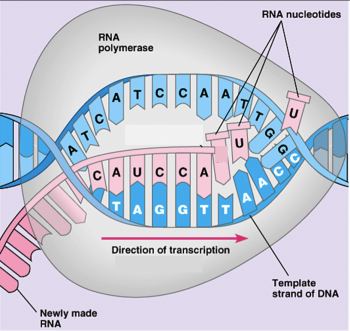
In the first section of this analysis and discussion activity, students learn that different versions of a gene give the instructions for making different versions of a clotting protein, which result in normal blood clotting or hemophilia.
Next, students learn how genes provide the instructions for making a protein via the processes of transcription and translation. They develop an understanding of the roles of RNA polymerase, the base-pairing rules, mRNA, tRNA and ribosomes.
Finally, students use their learning about transcription and translation to understand how a change in a single nucleotide in the hemoglobin gene can result in sickle cell anemia.
Throughout this activity, students use the information in brief explanations, figures and videos to answer analysis and discussion questions.
This activity can be used to introduce students to transcription and translation or to reinforce and enhance student understanding.
If you prefer a hands-on activity that uses simple paper models to simulate the molecular processes of transcription and translation, see “How Genes Can Cause Disease – Introduction to Transcription and Translation” (http://serendipstudio.org/sci_edu/waldron/#trans).

 © Serendip® 1994 - All rights reserved. Privacy Policy
© Serendip® 1994 - All rights reserved. Privacy Policy
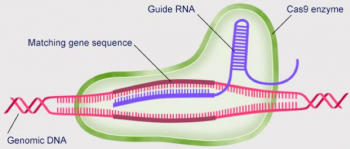
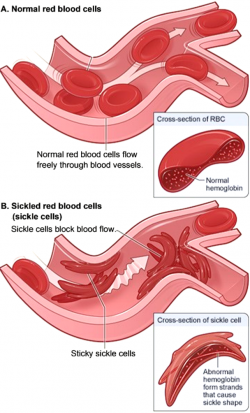
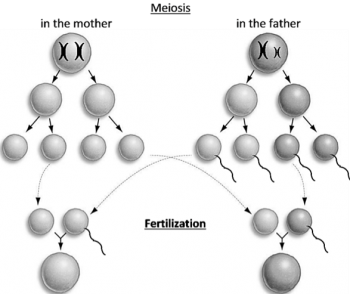 In this minds-on analysis and discussion activity, students analyze the inheritance of sex chromosomes. Students use a Punnett square to predict the sex ratio of births and compare their prediction to data for individual families and for the entire US.
In this minds-on analysis and discussion activity, students analyze the inheritance of sex chromosomes. Students use a Punnett square to predict the sex ratio of births and compare their prediction to data for individual families and for the entire US.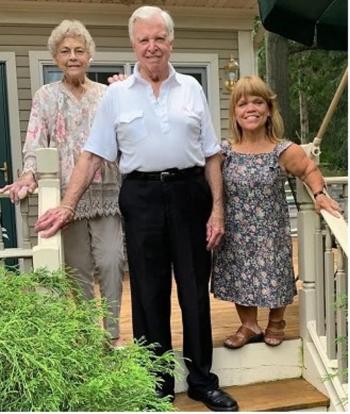 In this minds-on activity, students analyze evidence about achondroplasia to learn how a mistake in DNA replication can result in a new mutation that affects a child’s characteristics.
In this minds-on activity, students analyze evidence about achondroplasia to learn how a mistake in DNA replication can result in a new mutation that affects a child’s characteristics.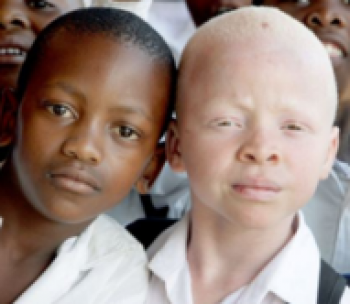
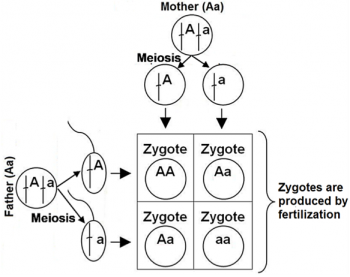 In this minds-on activity, students answer analysis and discussion questions to learn how a child inherits one copy of each gene from each parent via the processes of meiosis and fertilization. They analyze how the processes of meiosis and fertilization result in the alternation between diploid and haploid cells in the human lifecycle.
In this minds-on activity, students answer analysis and discussion questions to learn how a child inherits one copy of each gene from each parent via the processes of meiosis and fertilization. They analyze how the processes of meiosis and fertilization result in the alternation between diploid and haploid cells in the human lifecycle.

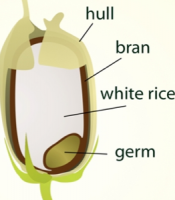
 In this minds-on analysis and discussion activity, students learn how a mistake in meiosis can result in Down syndrome. Students also analyze karyotypes to learn how other mistakes in meiosis can result in the death of an embryo. Finally, students consider how a health problem can be genetic, but not inherited.
In this minds-on analysis and discussion activity, students learn how a mistake in meiosis can result in Down syndrome. Students also analyze karyotypes to learn how other mistakes in meiosis can result in the death of an embryo. Finally, students consider how a health problem can be genetic, but not inherited.